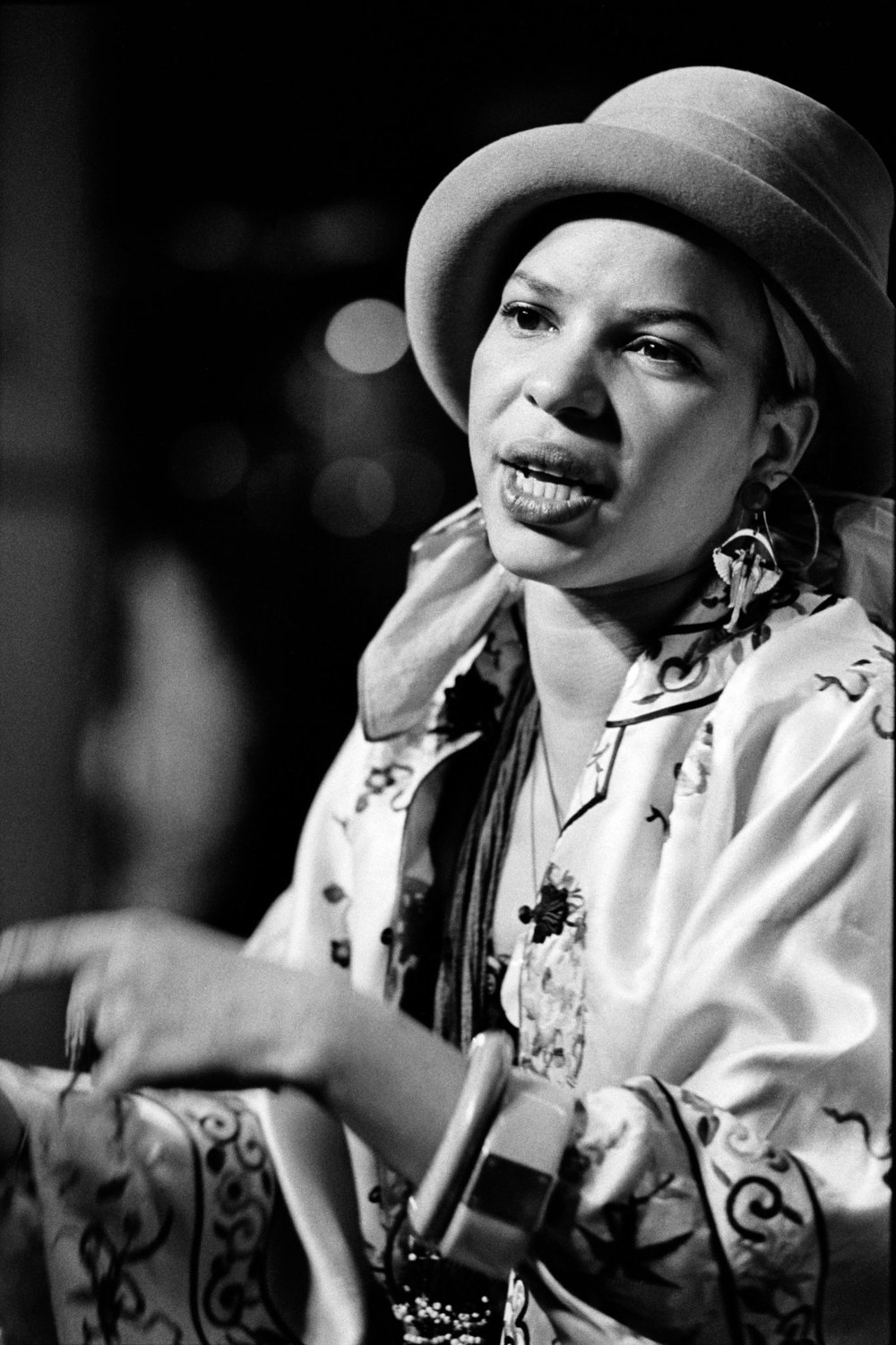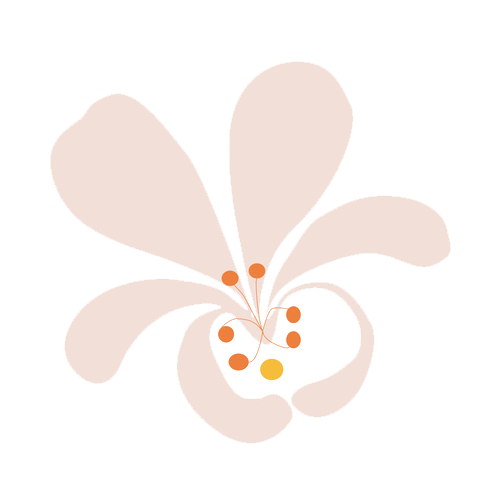The Black Arts Movement—also known as BAM—has been described as the “aesthetic and spiritual sister of the Black Power concept.” The Black Arts Movement is a subset of the Black Power Movement. Larry Neal described the Black Arts Movement as a “radical reordering of the western cultural aesthetic.” Key concepts of BAM were focused on a “separate symbolism, mythology, critique, and iconology” as well as the African American’s desire for “self–determination and nationhood.” BAM consisted of actors, actresses, choreographers, musicians, novelists, poets, photographers and artists. Though male artists such as Amiri Baraka heavily dominated the Black Arts Movement, some notable women writers of the movement were Gwendolyn Brooks, Nikki Giovanni, Rosa Guy, Lorraine Hansberry, Lucille Clifton, and Sonia Sanchez, among others. Although Shange is described as a “post–Black artist,” her work was decidedly feminist whereas BAM has been criticized as misogynistic and “sexism had been widely and hotly debated within movement publications and organizations.” Corresponding with the idea that art from BAM was a “radical reordering of the western cultural aesthetic,” Shange herself described her atypical writing style. In regards to her plays, she stated: “A play has a form that has to be finished. A performance piece has an organic form, but it can even flow. And there doesn’t have to be some ultimate climax in it. And there does not have to be a denouement.”
Though Shange’s work did have a “radical reordering of western cultural aesthetic” with its spelling, structure, and style, Baraka, one of the leading male figures of the movement denied her as a post–Black artist. In regards to Shange as a part of the black aesthetic and as a post–Black artist, he claimed “that several women writers, among them Michelle Wallace [sic] and Ntozake Shange, like [Ishmael] Reed, had their own ‘Hollywood’ aesthetic, one of ‘capitulation’ and ‘garbage.’” In regards to a black aesthetic, Shange described different styles of writing for different parts of the country. She stated: “There’s not a California style, but there are certain feelings and a certain freeness that set those writers off from those in the Chicago–St. Louis–Detroit tripod group…so that the chauvinism that you might find that’s exclusionary, in that triangle, you don’t find too much in California.” Shange set her writing apart from the Black aesthetic of the Black arts movement by creating a “special aesthetic” for black women “to an extent.” She claimed, “the same rhetoric that is used to establish the Black Aesthetic, we must use to establish a women’s aesthetic, which is to say that those parts of reality that are ours, those things about our bodies, the cycles of our lives that have been ignored for centuries in all castes and classes of our people, are to be dealt with now.”



 Images found on Google Images
Images found on Google Images